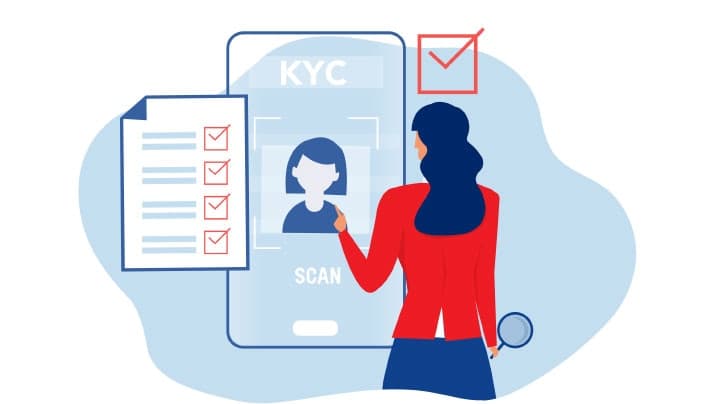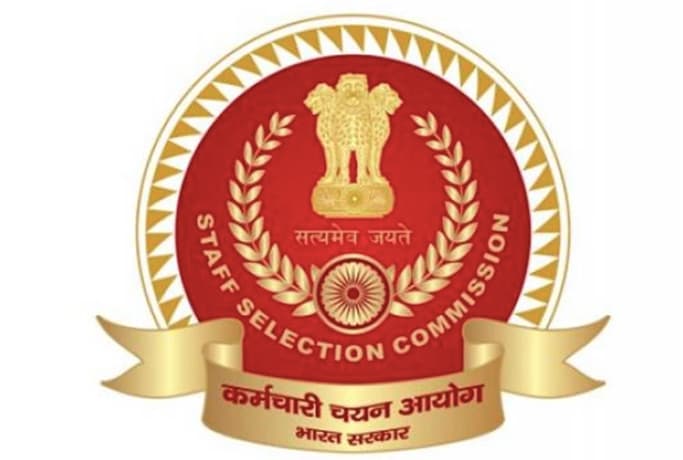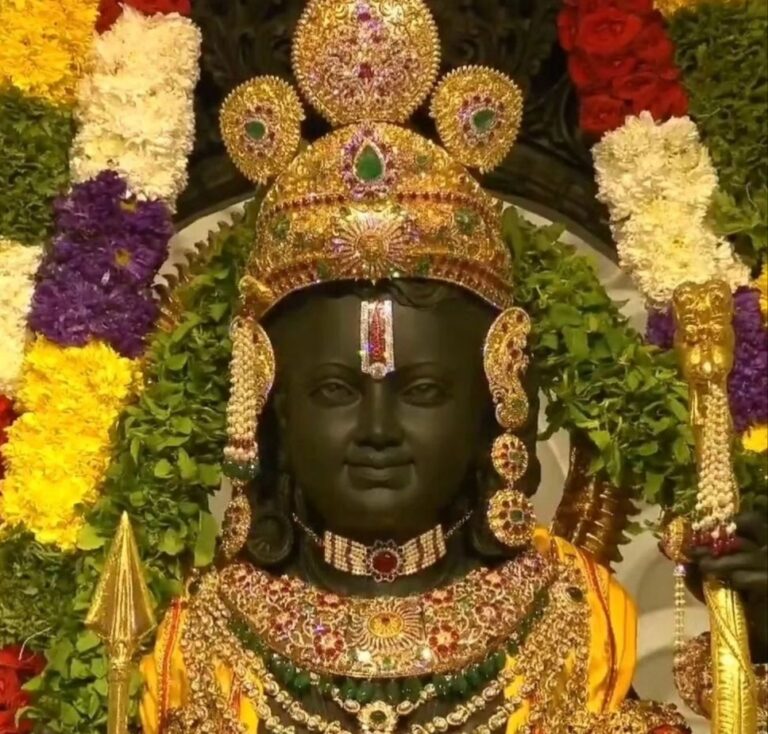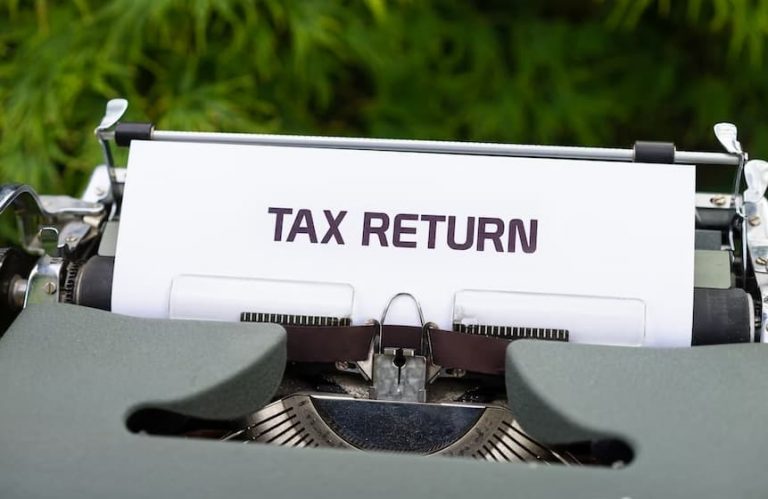Rules And Regulations Set by the RBI for Exchanging Damaged or Torn Notes? -Would you like to know the rules and regulations set by the Reserve Bank of India for exchanging damaged or torn notes? Here are the details.
Rules And Regulations Set by the RBI for Exchanging Damaged or Torn Notes?
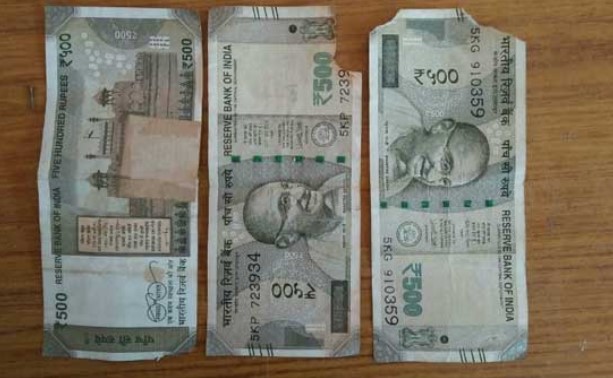
As per new guidelines, The Reserve Bank of India has found a way to address the issue of torn and mutilated currency notes. If you have a mutilated or torn note and are unsure if it can still be used or not , you will be happy to know that according to recent guidelines from the RBI, you can exchange your mutilated notes or torn notes at the nearest regional office of the central bank.
If you have mutilated currency notes in your pocket, you can go to the regional office of the central bank and deposit the notes. The value of the mutilated notes will then be directly transferred to your bank account through an electronic clearing service.
-
Guidelines from the Reserve Bank of India for exchanging currency notes
If you have a defective, mutilated, or soiled bank note that is slightly cut or stained, or if it is missing essential portions, or if you have a note in the denomination of Rs 10 or above that has been torn into two pieces, you can exchange it without filling out any forms at any public sector bank branch, any RBI issue office or any currency chest branch of a private sector bank.
-
How to exchange torn notes?
To exchange or deposit a mutilated currency note, go to the regional office of the central bank.
Place the note along with its particulars and other details into a box called the ‘Triple Lock Receptacle’ (TLR) for deposit.
To deposit mutilated notes, you will need to provide the following details: your name, address, bank account number, and the denominations of the notes being deposited.
Place the above-mentioned details and the notes in a closed cover for deposit.
-
Conditions set by the Reserve Bank of India for depositing notes
The amount you receive in exchange for your notes will be based on the face value or denomination and the undamaged features or labels. For instance, if you have a mutilated Rs 2,000 note that is 109.56 sq cm and you deposit a 44 sq cm piece of the Rs 2,000 note, you will receive a half refund. Similarly, if you deposit 88 sq cm of the note, you will receive a full exchange return. If you have a torn Rs 200 banknote, depositing 78 sq cm of it will result in a full refund, while depositing 39 sq cm will result in a half refund.
Bank branches will not accept notes that are severely brittle or burnt, disfigured, charred, or inseparably pieced together for exchange. Notes that are found to have been deliberately torn, cut, altered, or tampered with will be rejected and will not be eligible for exchange value.
About RBI : The Reserve Bank of India (RBI) is the central bank of India. It is responsible for the monetary policy of the Indian rupee, the issuance of currency, and the regulation of the country’s banking system. The RBI also plays a role in maintaining financial stability and promoting economic growth in India.
Source : MSN
Also Read : Five financial Resolution to begin the new year with success



